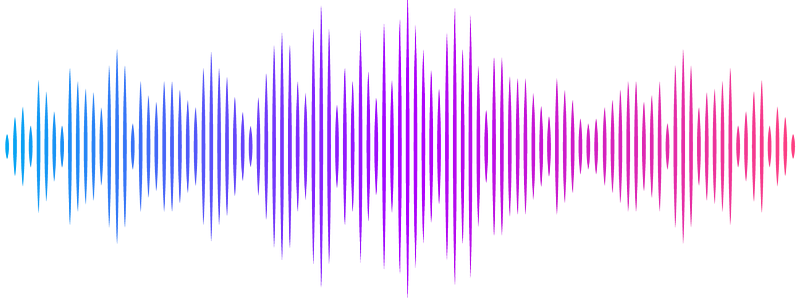Visual lateralisation in female guppies demonstrates social conformity but is reduced when observing a live predator

Visual lateralisation in female guppies demonstrates social conformity but is reduced when observing a live predator
Penry-Williams, I. L.; Brown, C.; Ioannou, C. C.
AbstractLiving in groups offers individuals a way of reducing their risk of predation. Visual lateralisation, characterised as an asymmetry in eye-use, may offer an additional advantage to group-living animals by enabling them to manage two concurrent visual tasks simultaneously. This could enhance multi-tasking efficiency by facilitating cohesion with group mates while monitoring for threats. In our study, we examined visual lateralisation of Trinidadian guppies (Poecilia reticulata) tested either alone or in groups, in either the presence or absence of a live predator, the blue acara (Andinoacara pulcher). We consistently observed low levels of visual lateralisation across all treatments. Contrary to our expectations, however, guppies exhibited significantly higher absolute lateralisation when tested alone in the absence of the predator compared to the other treatments. Moreover, a significant left-eye bias was observed when the predator was present, and the fish showed a right-eye bias when the predator was absent. Use of a repeated measures design and assessing individual and group ID as random effects provided evidence that both relative and absolute laterality were repeatable at the group level, but there was limited evidence for repeatability at the level of the individuals. This repeatability in lateralisation when tested as a group, but not when individual fish composing these groups were tested alone, suggests social conformity in lateralisation. Our results suggest that social processes may have a significant impact on within-population variation in lateralisation.